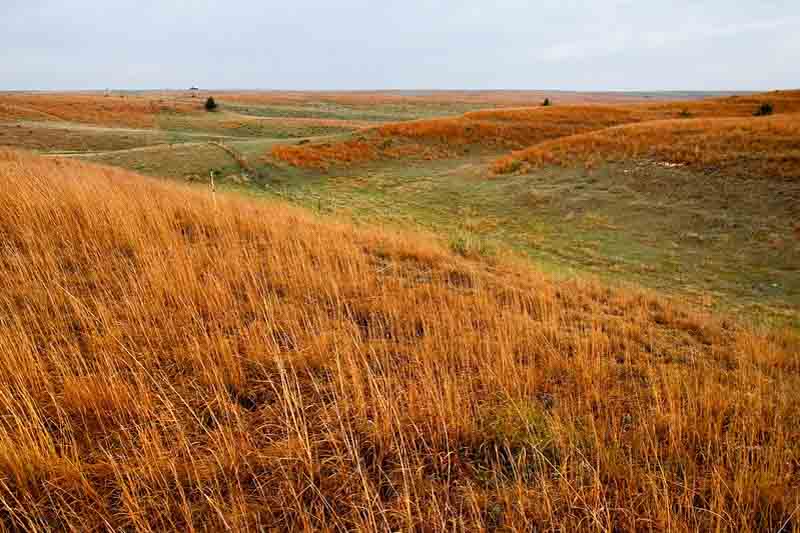Schizachyrium (Little Bluestem)
Schizachyrium scoparium, commonly known as Little Bluestem, is a perennial grass native to North America and a staple in prairie landscapes and gardens. This species is highly regarded for its ecological significance, ornamental value, and adaptability.
Habit: Little Bluestem is characterized by its upright, clumping growth habit. It typically forms tufts of slender, linear leaves that contribute to its fine-textured appearance. During the growing season, these leaves are a rich, bluish-green, turning to striking shades of copper, orange, and red in the fall, providing year-round visual interest.
Hardiness: This grass is remarkably hardy, thriving in USDA zones 3 through 9. It shows a high level of tolerance to various environmental conditions, including drought, poor soil quality, and temperature extremes. Little Bluestem’s resilience makes it a reliable choice for a wide range of landscapes.
Flowers and Bloom Time: Little Bluestem produces delicate, feathery flowers in late summer to early fall. These blooms are typically silver to white and are borne on branched stems that rise above the foliage. Though not particularly showy, the flowers add a subtle beauty to the plant and attract pollinators.
Uses: This grass is versatile in landscaping, used for natural landscaping, erosion control, and as part of wildflower gardens and prairie restorations. It is also popular in ornamental gardens for its seasonal color and texture. Additionally, Little Bluestem is utilized in xeriscaping due to its drought tolerance.
Benefits: Beyond its aesthetic appeal, Little Bluestem offers significant ecological benefits. It provides habitat and food for wildlife, particularly birds that feed on its seeds. Its deep root system helps stabilize soil, reducing erosion. Furthermore, it plays a role in carbon sequestration, making it valuable for environmental sustainability.

